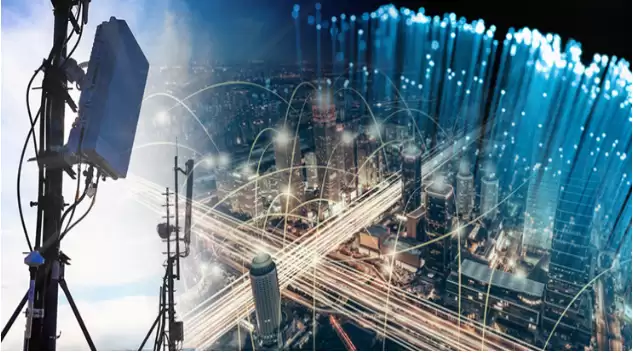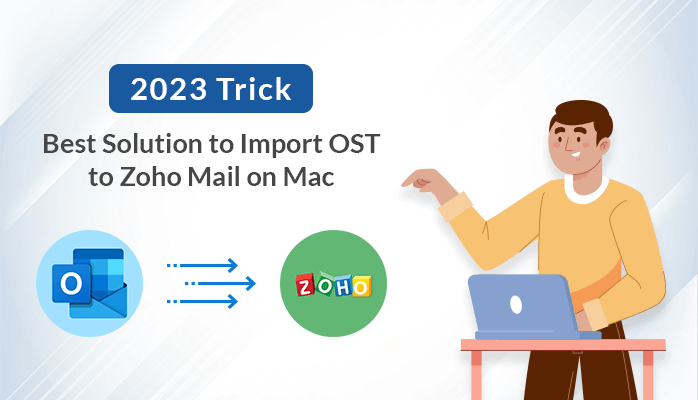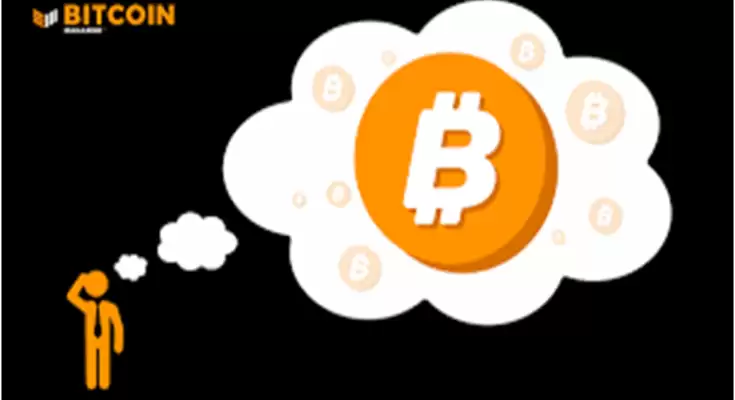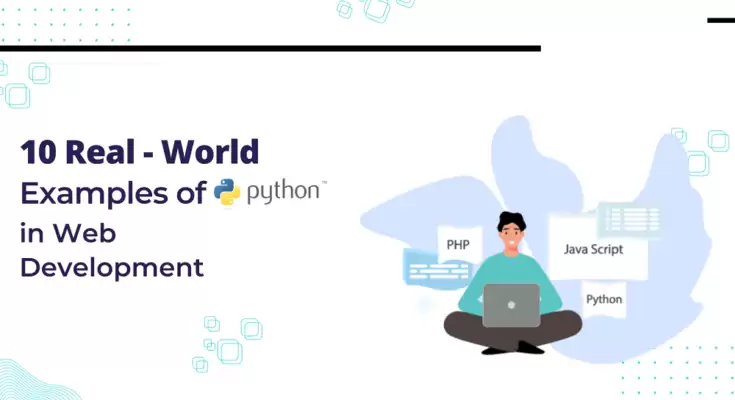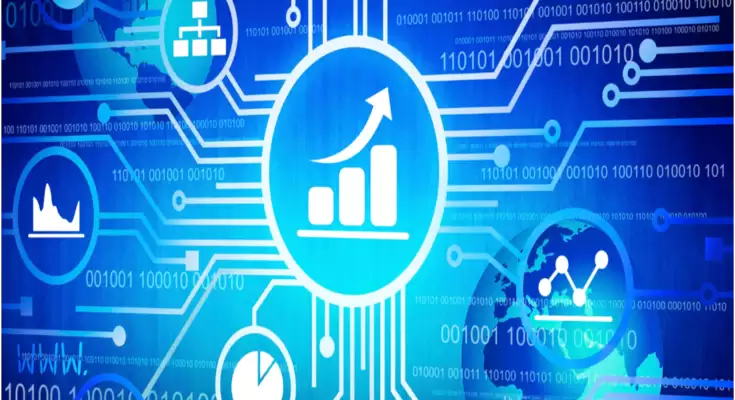Imagine a world where surveying is not just a means to an end, but an art form. A world where surveyors don’t just map out the physical characteristics of land, but they paint a picture of it with precision and accuracy.
This has been the quest for surveyors for centuries, but with the emergence of 5G technology, this quest is about to take a giant leap forward.
Surveying has always been a critical component of human progress, but with the introduction of fifth-generation wireless technology, we are about to see a revolution in precision. Faster speeds, lower latency, and higher capacity offered by 5G networks will enable surveyors to collect and analyze data with unprecedented accuracy and efficiency.
This breakthrough in technology promises to change the way we think about surveying. The ability to gather and analyze data in real-time will not only speed up the process, but will also enable surveyors to make more informed decisions. From designing complex structures to mapping out natural resources, the possibilities are endless.
In this blog post, we will delve into the ways in which 5G is revolutionizing precision in surveying. We will explore the benefits of this technology and how it will shape the future of surveying. So, sit back, and let’s take a journey into the world of surveying in the 5G era.
Faster Data Collection
One of the most significant advantages of 5G technology for surveying is its ability to facilitate faster data collection. Traditional surveying techniques often involve manually measuring distances and angles using tools like total stations or GPS receivers.
This process can be time-consuming and labor-intensive, requiring surveyors to spend hours or even days in the field. With 5G technology, surveyors can use drones, autonomous vehicles, and other unmanned systems to collect data more quickly and efficiently.
These devices can be equipped with sensors and cameras that capture precise measurements and images of the land, allowing surveyors to create highly accurate 3D models of the terrain in real-time. This saves time and reduces the risk of human error, which can occur during manual measurements.
Improved Data Processing
In addition to faster data collection, 5G technology also enables surveyors to process data more quickly and efficiently. With faster speeds and lower latency, 5G networks allow surveyors to transmit data from the field to the office in real time, enabling them to analyze the data and make decisions more quickly.
This real-time data processing is especially important for large-scale projects that require constant monitoring and adjustment. For example, when building a bridge or a skyscraper, engineers must continually monitor the structure’s stability and adjust its design if necessary.
With 5G technology, engineers can access real-time data from sensors and cameras on the structure, enabling them to make informed decisions quickly and efficiently.
Land surveyor directories such as Geodetski Biro are also playing a significant role in improved data processing. By using these directories, surveyors can access detailed maps, land records, and other geospatial data that can help them make more accurate measurements and analyses.
This access to comprehensive data can improve the overall accuracy and efficiency of the surveying process, enabling surveyors to provide more valuable insights and recommendations to their clients.
Greater Accuracy
Perhaps the most significant advantage of 5G technology for surveying is its ability to provide greater accuracy in measurements. Traditional surveying techniques can be prone to errors, especially when measuring large distances or complex shapes.
However, with 5G technology, surveyors can use advanced sensors and cameras to capture highly precise measurements of the land.
For example, LiDAR (Light Detection and Ranging) technology uses laser pulses to measure distances accurately. With 5G technology, LiDAR sensors can transmit data in real-time, allowing surveyors to create highly accurate 3D models of the terrain.
Similarly, photogrammetry, a technique that uses photographs to create 3D models of the land, can also benefit from 5G technology. With faster speeds and lower latency, surveyors can transmit images from the field to the office in real-time. This enables them to create highly detailed 3D models of the terrain more quickly and accurately.
Challenges and Limitations
While 5G technology promises to revolutionize surveying precision, it has challenges and limitations. One of the main challenges is the cost of implementing 5G networks and devices. The infrastructure required to support 5G networks can be expensive, especially in remote or rural areas with insufficient infrastructure.
Another limitation is the potential for interference from other wireless devices. 5G networks operate on higher frequencies than previous generations, which can make them more susceptible to interference from other wireless devices. This interference can result in data loss or errors, which can impact the accuracy of surveying measurements.
Finally, 5G technology is not a panacea for all surveying challenges. While it offers significant advantages over traditional surveying techniques, it cannot replace the expertise and knowledge of experienced surveyors. Surveying remains a highly specialized and technical field that requires a deep understanding of measurement, mathematics, and engineering principles.
Conclusion
In conclusion, 5G technology promises to revolutionize precision in surveying by enabling faster data collection, improved data processing, and greater accuracy in measurements. With advanced sensors and cameras, surveyors can capture highly precise measurements of the land in real-time, allowing them to create highly accurate 3D models of the terrain.
While 5G technology is not without its challenges and limitations, its potential benefits for surveying are enormous. As 5G networks continue to expand and evolve, we can expect to see even more innovative applications of this technology in surveying and other fields.
Author’s bio
Iva Radisich is a writer and economist who believes in the power of words to inspire, challenge, and connect people. Her work offers thoughtful insights on a range of topics, including online marketing strategies.

